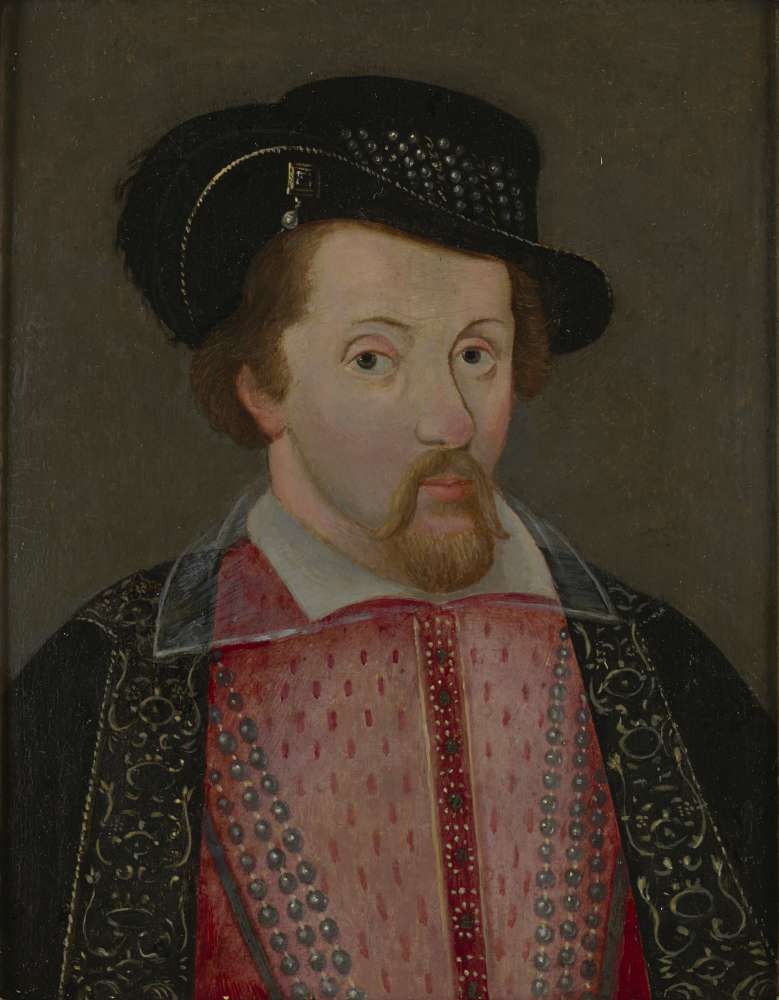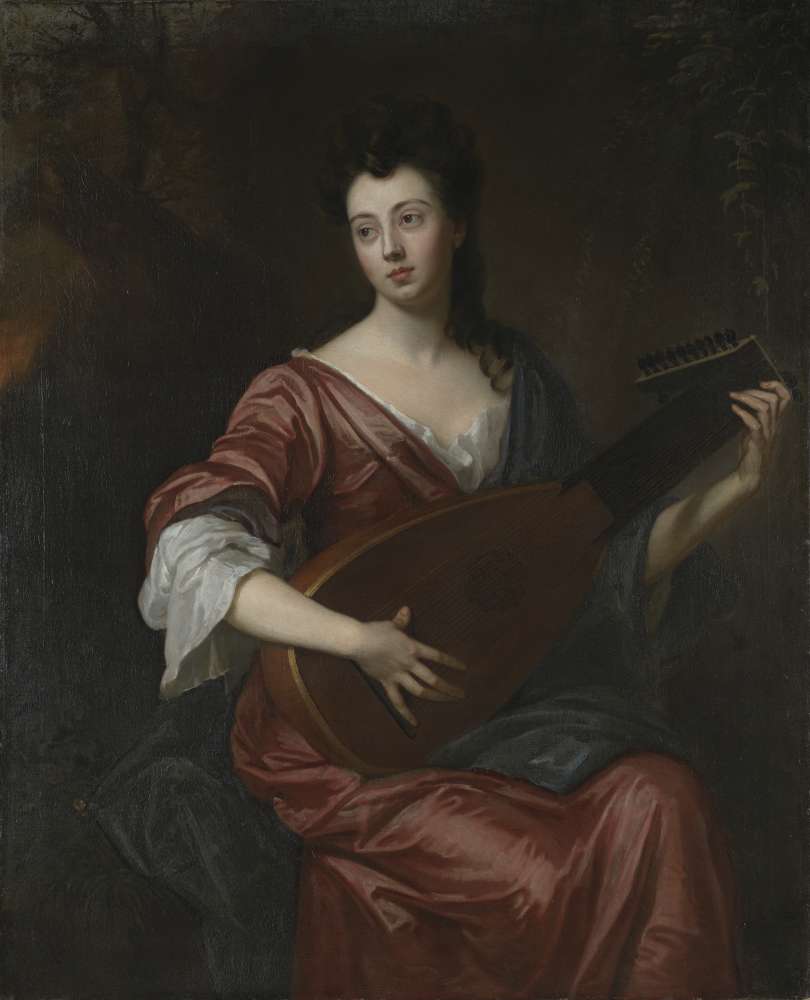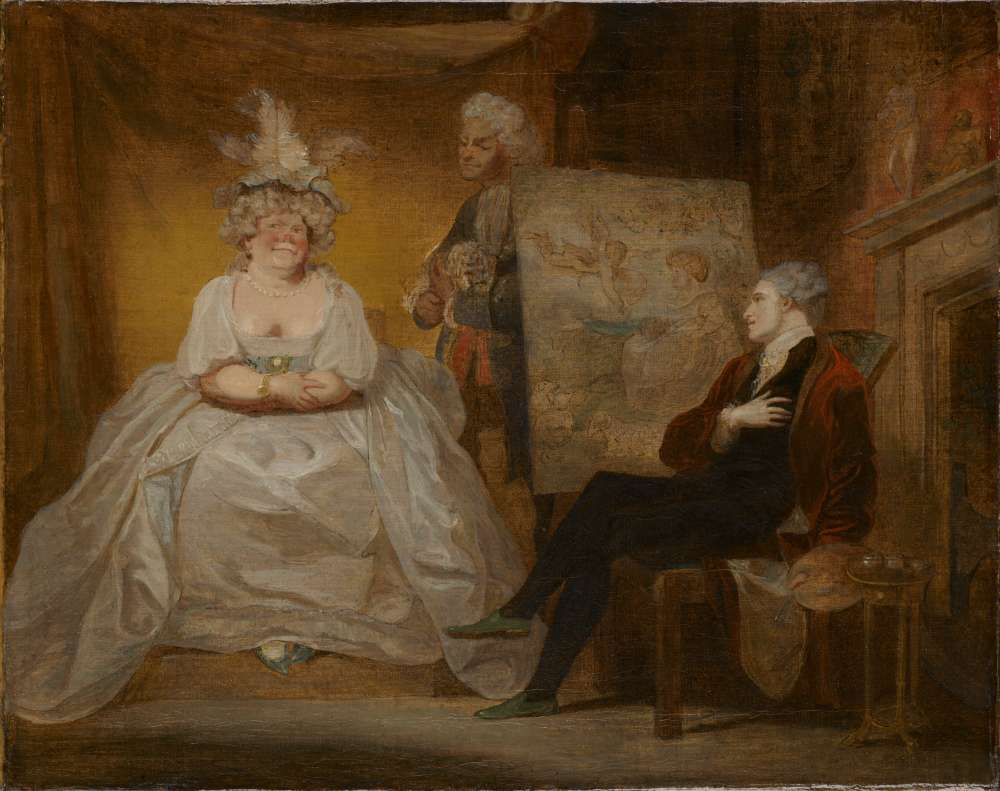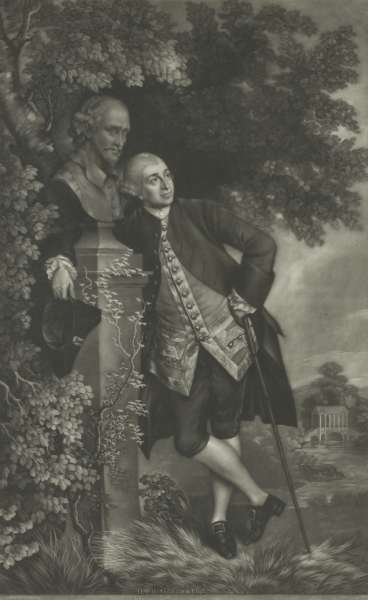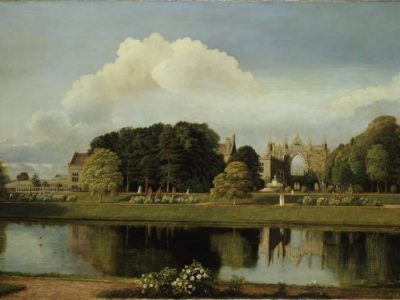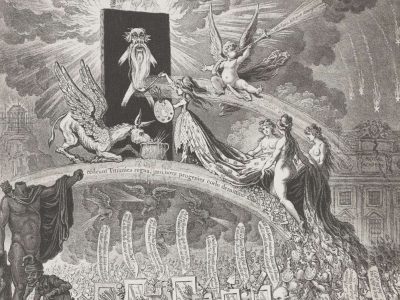James VI and I
James VI and I’s (1566–1625) sexuality was the subject of much debate and speculation in his own lifetime. Two of the King’s favourites are frequently linked to him as potential long-term romantic and sexual partners: Robert Carr, who became the Earl of Somerset, and George Villiers, who became the Duke of Buckingham. James and Somerset had a very public falling-out after a scandal over Somerset’s marriage. Buckingham remained loyal to the King until his death. Both men and their relationships with James were the subject of gossip, poetry, and prose during James’ lifetime and after.
